Everyone is outside again, playing sports and having fun in warmer weather. As spring sports seasons progress, I always see an increase in injuries and pain.
As director of Sports Medicine at Cincinnati Children’s, I see many young athletes in clinic who have new back pain related to their sport. Up to 30% of athletes will have back pain at some point while playing sports. It is one of the most common things we see in sports medicine clinics and on the sideline.
Most back pain is not serious and goes away with little treatment. Gently stretching and strengthening the lower back and abdominal muscles, as well as avoiding activities that are really painful for the back, is usually all it takes.
But, when the pain is severe, limits what the athlete can do, or persists for more than a few weeks, a doctor with specialized training in back injuries should evaluate the athlete to determine the cause of the pain and treat it accordingly.
Lower back pain
The lower back, or lumbar spine, is the most common area of back pain in athletes. Pain usually occurs from bone, muscle or disc problems. The most common cause of lower back pain in young athletes is a stress fracture-a bone injury. The second most common cause is a muscle strain of the lower back.
- The lower back is a main power generator in many sports and can be overstressed if strength, coordination, or overuse is a problem, resulting in the gradual onset of back pain.
- Injuries to the lower back in a sports practice or event occur with trauma, either by a fall or too much force placed on the low back. This results in the sudden onset of back pain that often prevents the athlete from completing the sports event.
- Athletes in certain sports are at higher risk for back injuries. Examples are football, gymnastics, and dance. The mechanical demands of these sports make the low back vulnerable to overuse or quick onset of back pain.
The cause of back pain in children and adolescents is often very different in adults. Adults deal with more disc pain, which is not a common problem for children and adolescents. Our Cincinnati Children’s Sports Medicine team understands this and assess the whole patient while forming a diagnosis and treatment plan.
Treatment and Recovery
Treatment of a lower back stress fracture involves 2-3 months of allowing the bone(s) to heal, just like any other broken bone. Various types of imaging are sometimes done to help guide treatment course.
Muscle injuries in the lower back are most often treated with stretches, progressive strengthening exercises, and comfort measures (examples: anti-inflammatory drugs for a short period of time, ice, heat). Athletic trainers or physical therapists trained in back injuries are helpful with this rehab.
All lower back injuries require some rest to aid the healing process. We understand that this time of resting from painful activities can be frustrating for the athlete, and we work with the athlete to make sure the back heals properly, allowing the athlete to return to regular sports activity as soon and successfully as possible.
If your child is experiencing back pain, we are available to help or answer any questions. To make an appointment or speak with a member of our team, please contact our Division of Sports Medicine at 513-636-4366.

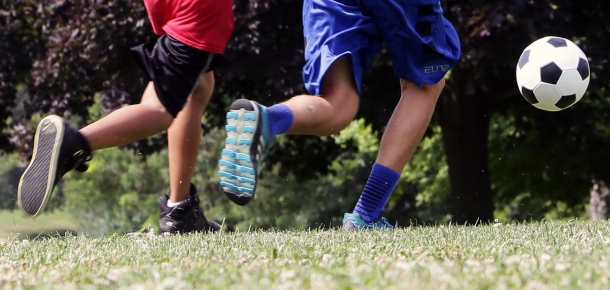
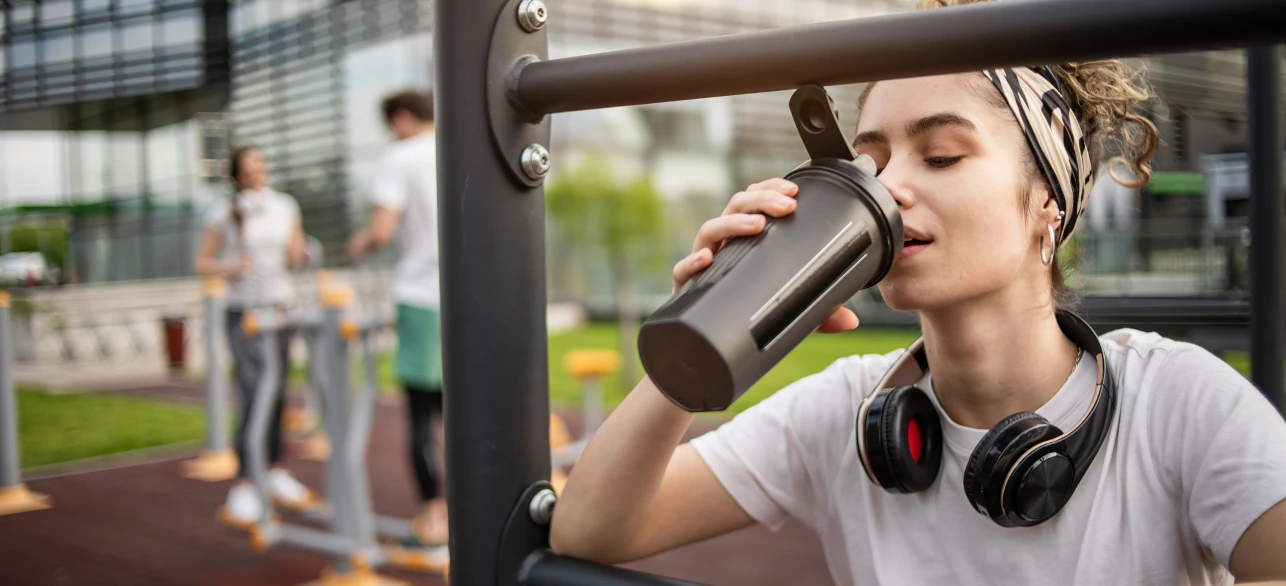
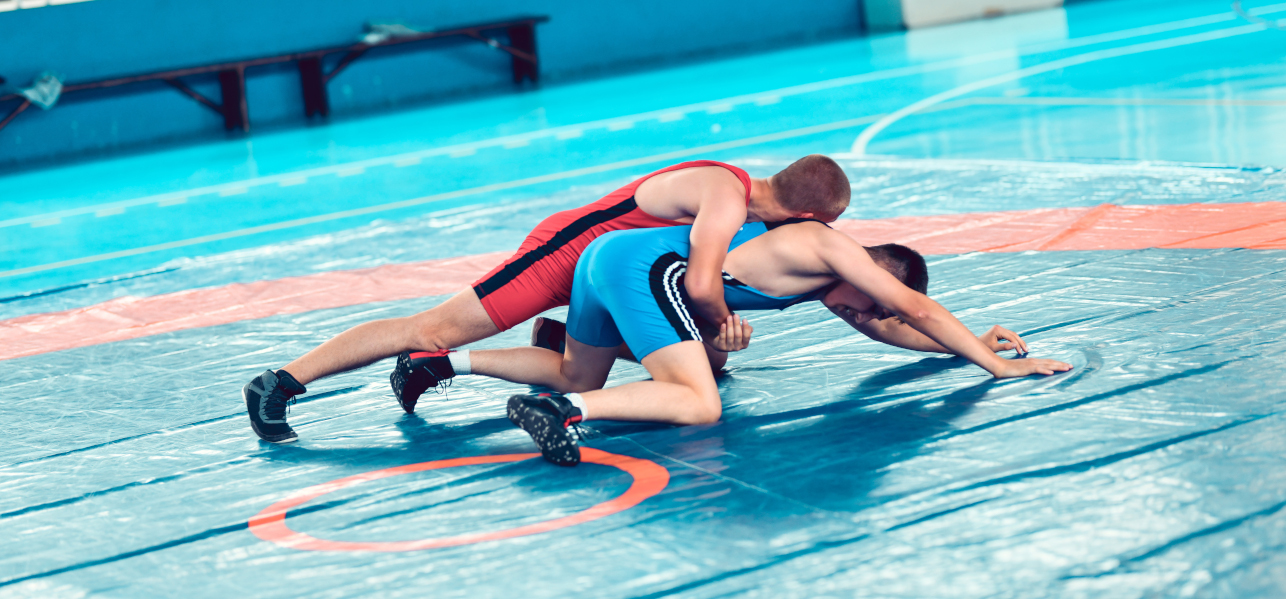
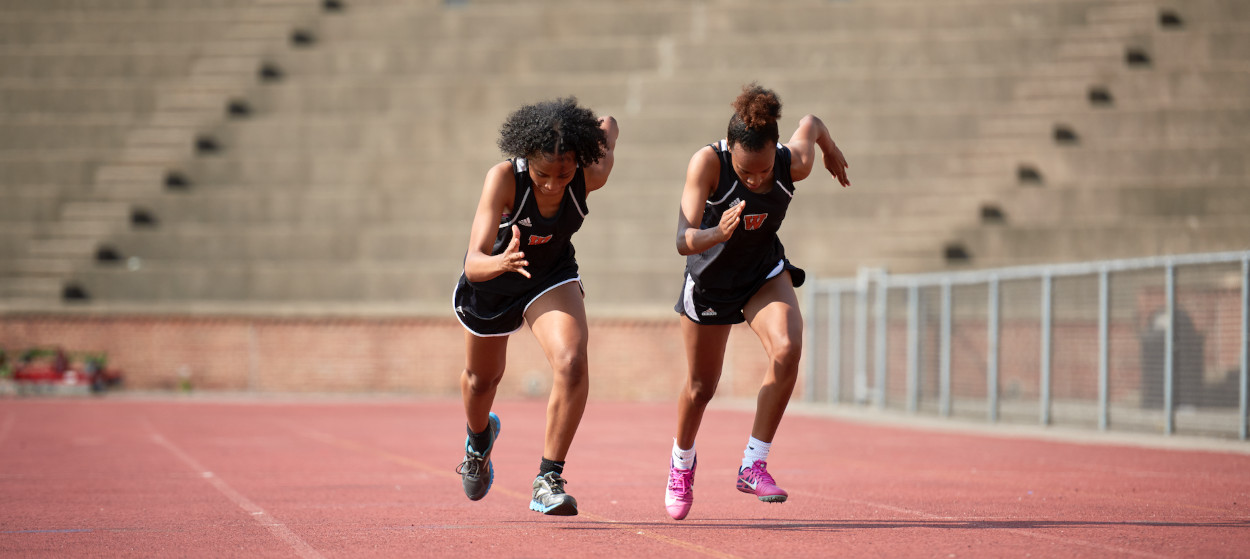
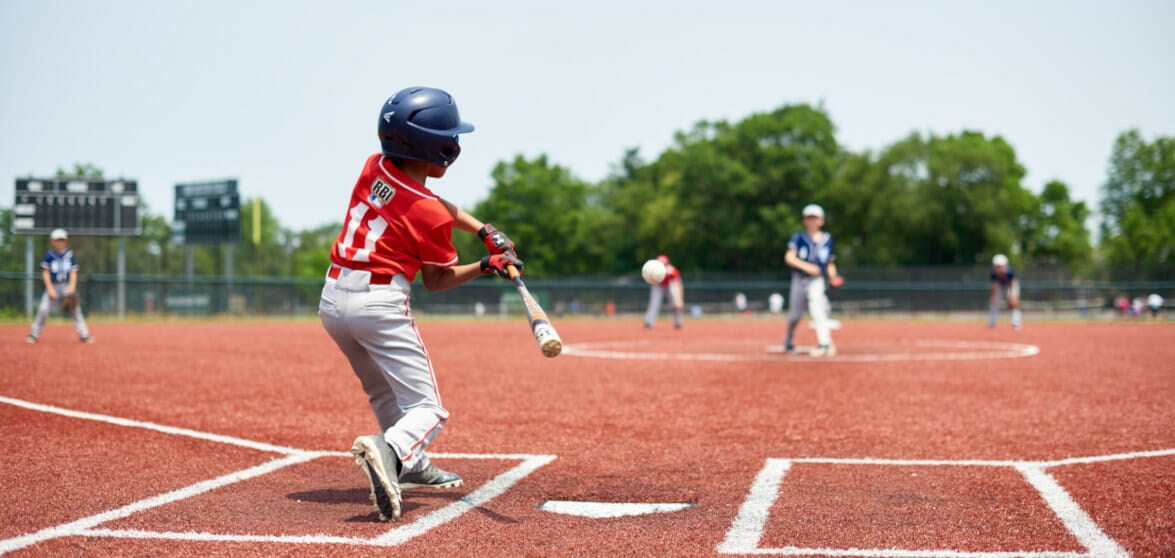

[…] run the risk of injuring their backs because of overuse or trauma. In fact, this happens often, with 30% of young athletes having back pain at some point. This is especially true of high-impact sports such as football and […]